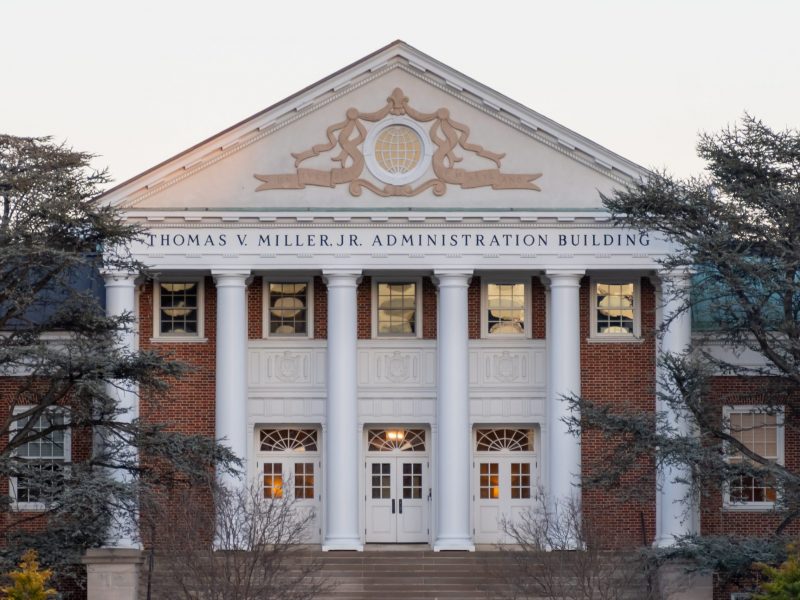
Sophomore engineering and materials science major
I’m sure most of you have experienced something akin to this: It is early November, and all is harmonious in a room full of friends. People are having scintillating conversations while an iPod or laptop is playing popular songs in the background.
But then, one member of the group stands up and begins walking toward the music source. Everyone’s eyes cautiously glance at him as he begins to fiddle with it. The song is cut off. An eerie silence hangs over the room, and for a split second all ears listen, some in anticipation and some in dread.
Then it hits. It may be revealed by a distinctive melody or the singer’s voice. Sometimes, it’s even a mischievous glint in the music-changer’s eye that gives it away. However, the best catalyst for the highly exothermic reaction that will soon engulf the room is and always will be the sound of sleigh bells. Christmas music has been played in November.
The previously peaceful atmosphere collapses as a violent schism splits the room into two camps. Screams of “It’s not Christmas yet!” and “Any time is a good time for Christmas music!” fly like flaming arrows across the room. Neutral parties take cover to plan their escapes while opponents on both sides reload.
As with many things, while extreme opinions tend to be the most vocal, moderate stances are much more reasonable. Only Ebenezer Scrooge or the Grinch would seek to relegate Christmas music to Christmas Day itself. Arguing for their position is completely untenable, since as a well-known song attests to, Christmas is a season that lasts 12 days. Equally flawed, however, is the position that Christmas music may be justifiably played year-round because “it’s just so good.”
This argument is based in blatant hedonism and pays no regard to the long-term effects of such behavior, including, but not limited to, slowly squashing the special aura of Christmas music by making it commonplace.
A more moderate solution is necessary. Currently, the most commonly cited cutoff date is Thanksgiving. Yet I fear using this holiday as a marker for the beginning of Christmas music acceptability has led to its own degradation: People line up on Thanksgiving to prepare for Christmas with Black Friday shopping and authentic Thanksgiving songs (such as “Jingle Bells”) have been replaced with that “It’s Thanksgiving” garbage.
While other universal cutoff days are conceivable — Dec. 1, the first day of winter or the beginning of the season of Advent for many Christians — I’d like to propose a more daring and innovative solution.
Within the genre of Christmas music, there lie several distinct subgenres: traditional religious, classic secular, modern secular and those songs that are actually just generally about winter but are always grouped with Christmas songs. “Hark! The Herald Angels Sing,” “White Christmas,” “Rockin’ Around the Christmas Tree” and “Winter Wonderland” are examples of each subcategory, respectively.
Each of these subgenres lends itself to a different cutoff date: Religious Christmas songs may be played sparingly throughout Advent and indulgently through the 12 days of Christmas, secular songs may be played throughout December into January and general winter songs may be played for the duration of winter. Some songs require special treatment under this framework. For example, “It’s Beginning to Look a Lot Like Christmas” is acceptable any time it does in fact look a lot like Christmas.
While this model may need a few more kinks worked out, it is a promising solution to the age-old dispute about when to begin playing Christmas music.
Matt Rice is a sophomore engineering and materials science major. He can be reached at opinionumdbk@gmail.com.


